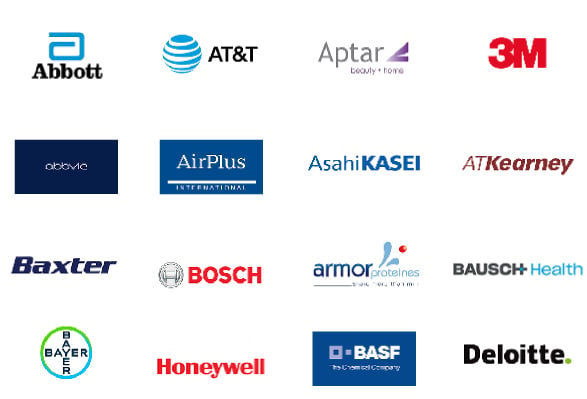The Global Organ-on-a-Chip Market is estimated to be valued at USD 155.3 Mn in 2025 and is expected to reach USD 1,211.1 Mn by 2032, exhibiting a compound annual growth rate (CAGR) of 34.1% from 2025 to 2032.
Key Takeaways of the Organ-on-a-Chip Market:
Market Overview:
The increasing need for alternative methods for drug screening and the growing focus on developing organ-level models of disease pathology are major factors expected to drive the demand for organ-on-a-chip devices. Furthermore, increasing collaborations between research academics and market players to develop more sophisticated organ-on-a-chip platforms will further augment the market growth. Availability of funding from private and public organizations for research on microfluidic devices is also expected to propel the organ-on-a-chip market during 2025-2032. However, the high costs associated with organ-on-a-chip systems may hamper market growth to some extent during the forecast years.
Joining thousands of companies around the world committed to making the Excellent Business Solutions.
View All Our Clients